Experienced Faculty
Our teachers are professional, qualified and experienced instructors. We have all studied dance at the university level and continue advancing our dance education with classes and workshops.
Our Faculty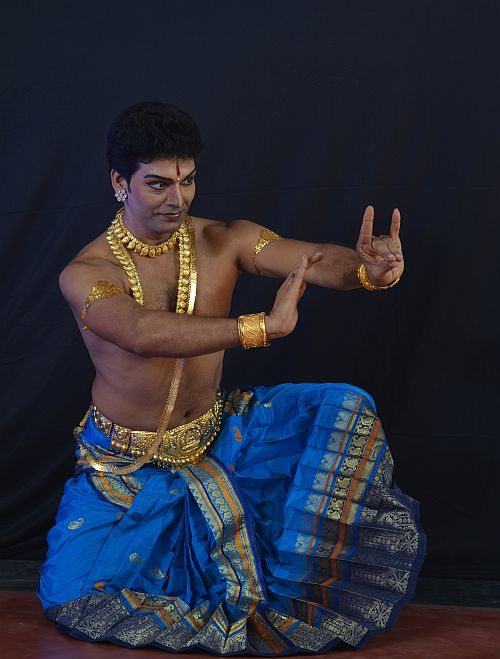
Dance Classes
We offer great dance classes starting at the age of 3 years, allowing your little one to begin to love movement and music at a young age and then letting them grow into beautiful dancers!
Indian Classical Dance
Regular Indian classical dance courses available at Sundaram dance institution are in following dance styles - Certificate, Bachelor and Masters level courses in Kathak and Bharat Natyam dancing styles
Indian Dance
Indian dancing is a way of communication using the body as a medium. The expressions of dances are perhaps most developed, yet easily understood.
Nritta Nritya Natya
Indian dance is a blend of Nirtta (the rythmic movement of the body without any expression, Nirtya (the combination of rhythm with expression through eyes, hands and facial movements) and Natya (the dramatic element).
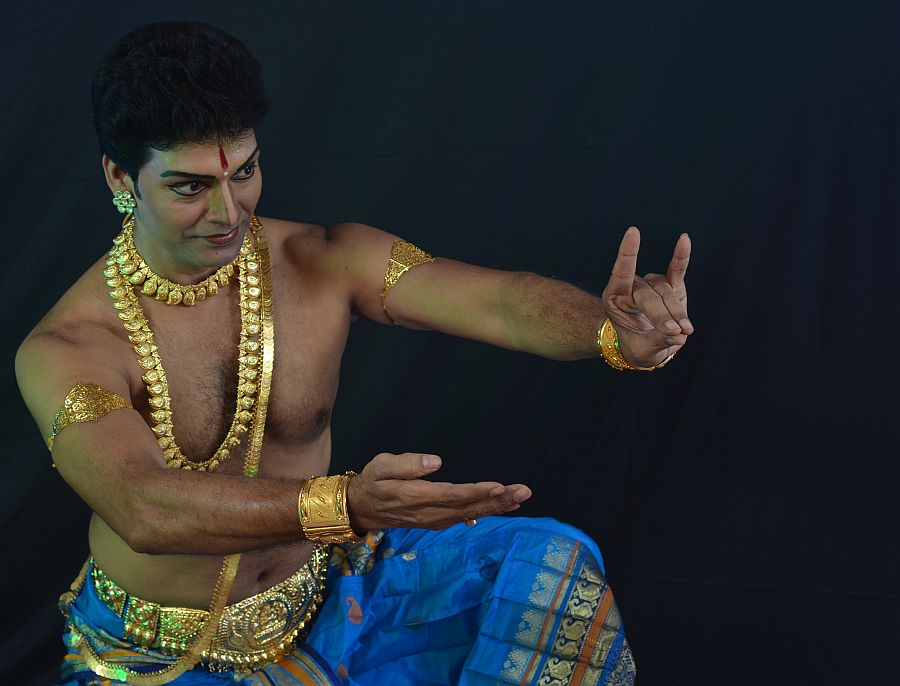
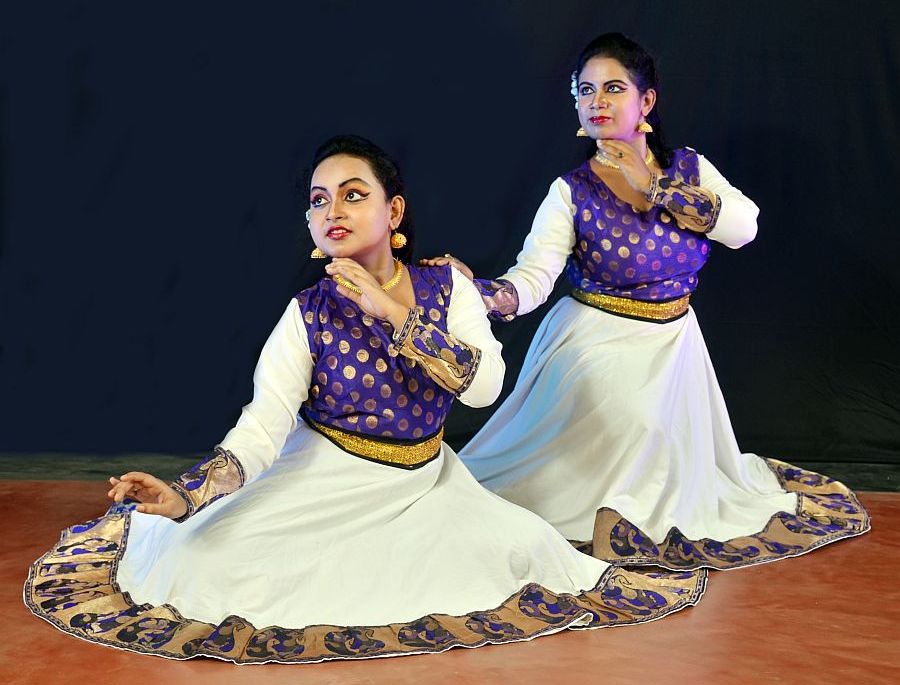
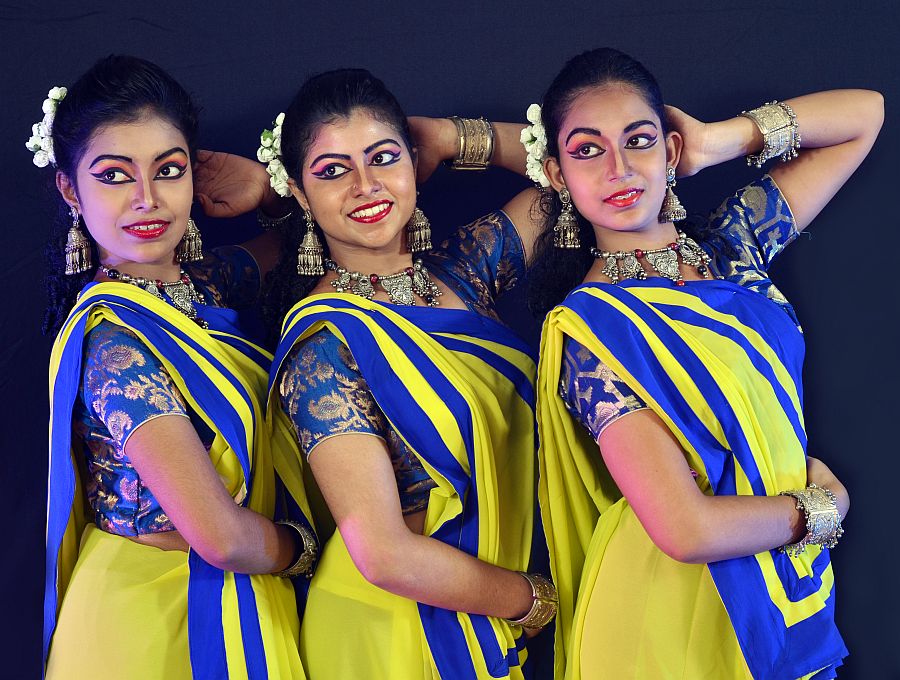
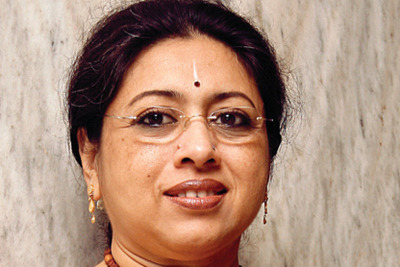
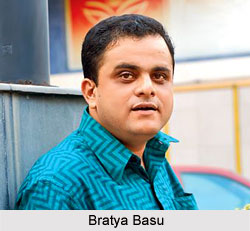
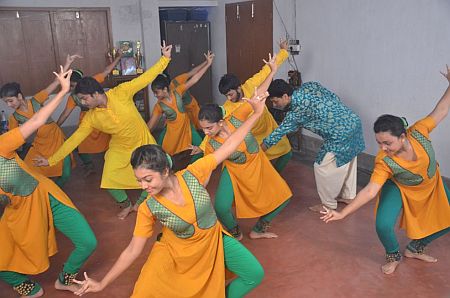
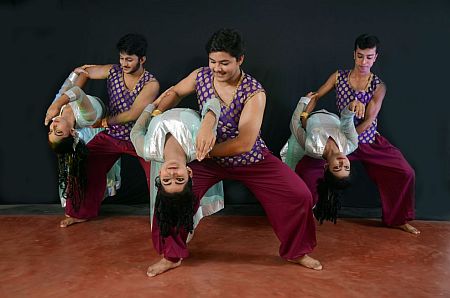
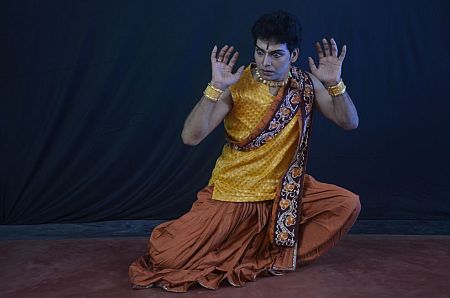
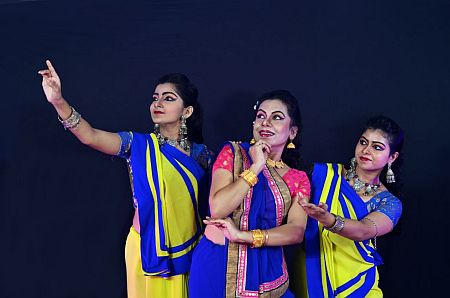
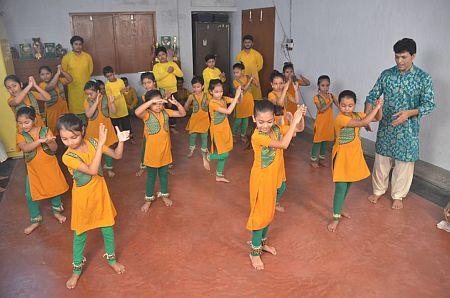
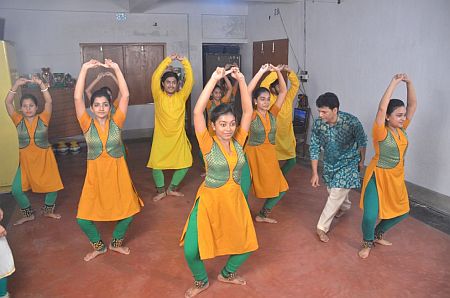
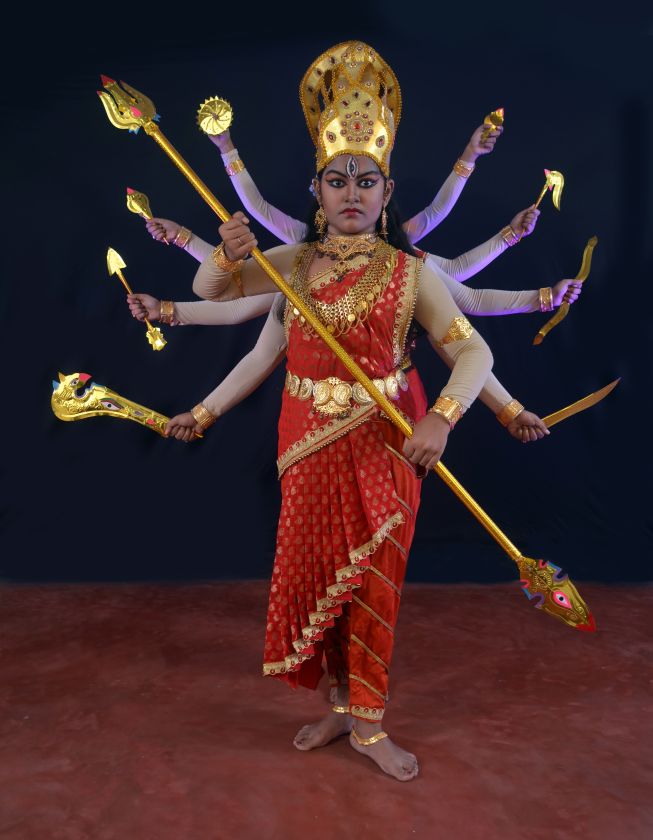
Twitter
Facebook
Google
Youtube